Otherworldly Mission: Day 2 - Growing food, sourcing power and communication
Day 2, task 1 consisted of growing food! The teams had to decipher what kind of soils are on their planet and how this will affect the plants that can grow there. After being given seeds from Svalbard Global Seed Vault, they then had to figure out…
- What kind of soils are on their planet and how will this affect what plants can grow there
- An automated way to water and maintain the crops
- What kind of pots they can create to protect them from the elements
- How to grow seeds in space…and in a limited space
Luckily the teams not only had some prior knowledge on the topic from a recent MIT Challenge, but they could research more about this on the NASA website to give them a head start.
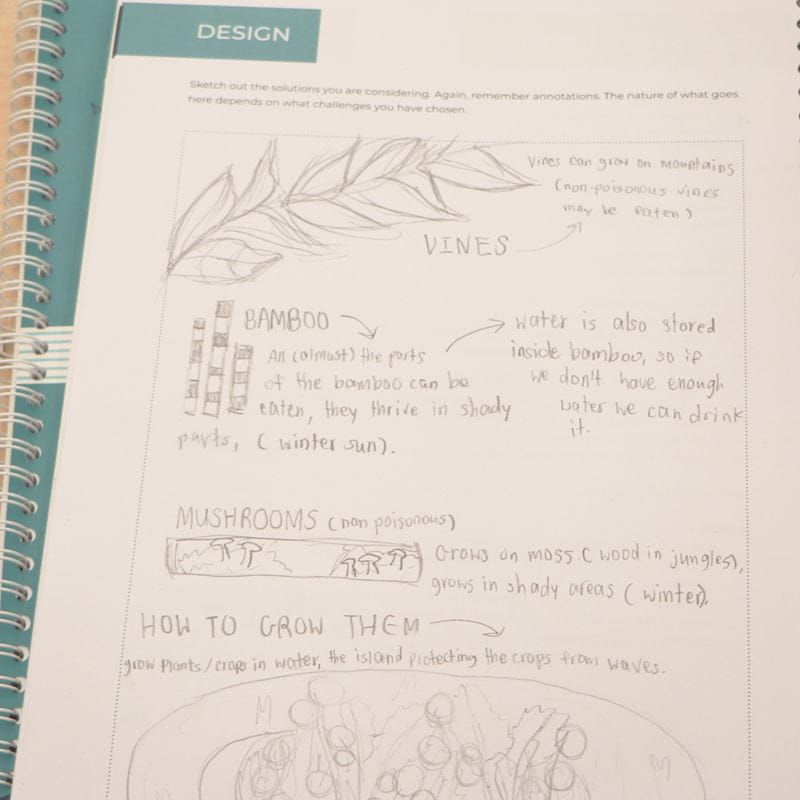
For the final two tasks, we fast-forwarded a couple of years to the point where the new planet community were more established. Inspired by the United Nations Sustainable Development Goals (UNSDGs), the teams now had to establish their own charter and standards by which their community would live.
A successful mission to new worlds
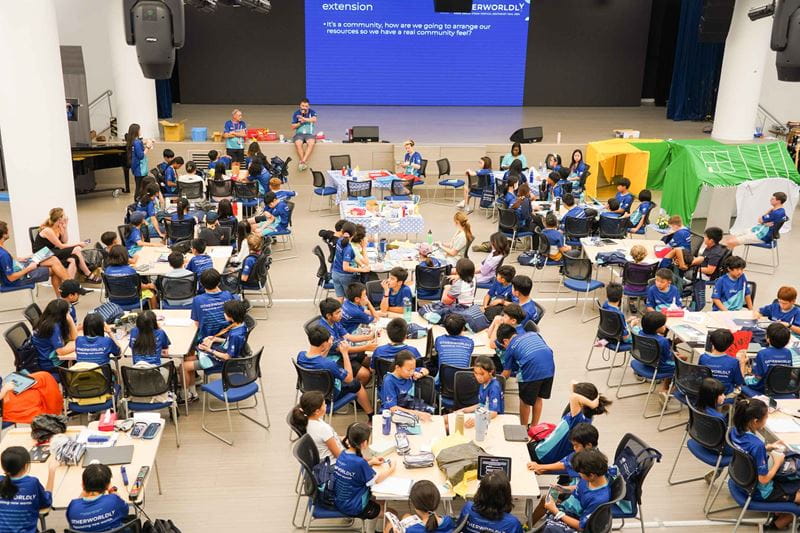
From designing and building landing mechanisms to constructing shelters and developing transportation systems, students tackled each task with creativity and problem-solving skills. They collaborated in teams, utilising their knowledge of science, engineering, and technology to overcome obstacles and achieve mission objectives.
Throughout the event, participants delved into diverse areas of study, including planetary geology, sustainable agriculture, renewable energy, and social development goals. They not only honed their technical skills, but also cultivated a deeper understanding of teamwork, critical thinking, and innovation.
By the finale, students showcased their accomplishments through displays and presentations, reflecting on their journey of discovery and collaboration. The festival provided a dynamic platform for students to apply classroom learning to real-world challenges, fostering curiosity, resilience, and a passion for STEAM disciplines.
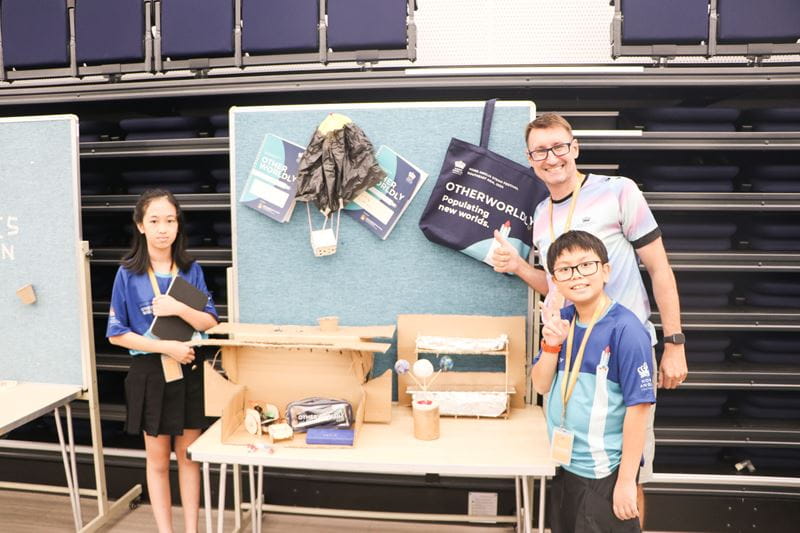
Our otherworldly STEAM festival was truly an interdisciplinary exploration of life. A real-life scenario (albeit in the future) where students must create innovative solutions to some of the biggest problems our future society may face. Thank you to all of the schools who joined us in this exploration, our teachers and staff who organised this huge event, and our student STEAM ambassadors for supporting our “explorers”. Thankfully all participants landed safely back on planet Earth and returned to their schools with incredible stories to tell.


/chantal-author/selected-photo-(8).jpg?h=2122&iar=0&w=2122&rev=502bc73289a74a0684eddcbc18675d51&hash=CB3084D6B73F331A4C6EE83B00272DB3)
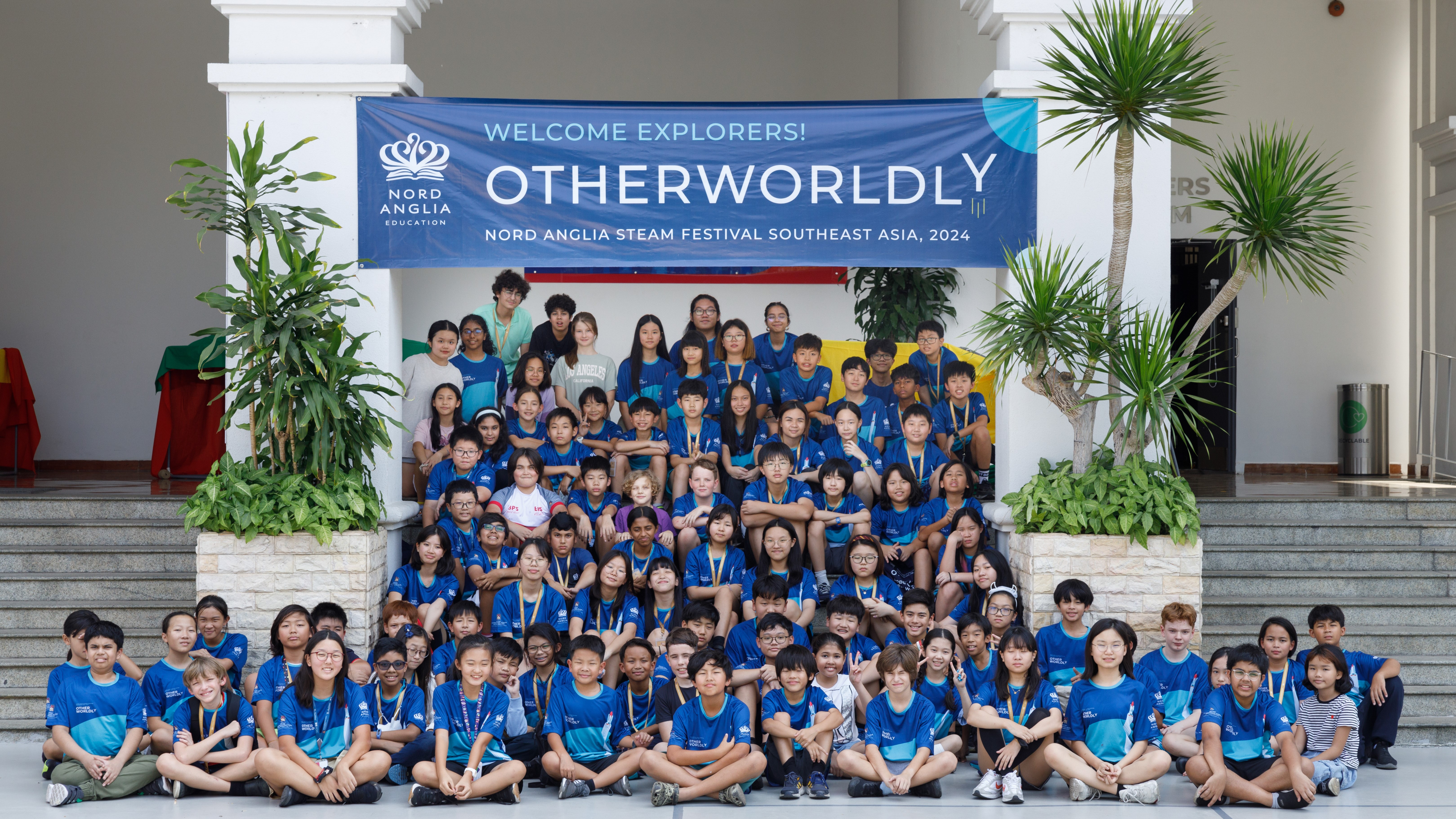
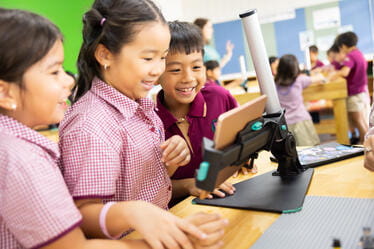
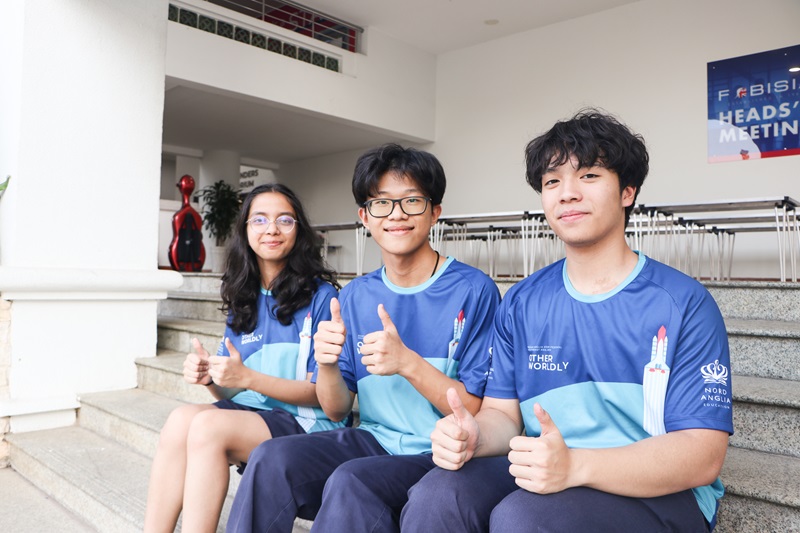

.jpg?rev=8cdedc31d2614ecb833bb30680a11358&hash=BDFBDA74B477C854A14B19EF41D5D22B)
.jpg?rev=b13fde28112a4e3ab55eb6c2132dd138&hash=E9D5A58080F4473455D8B70C4D7BE36C)

























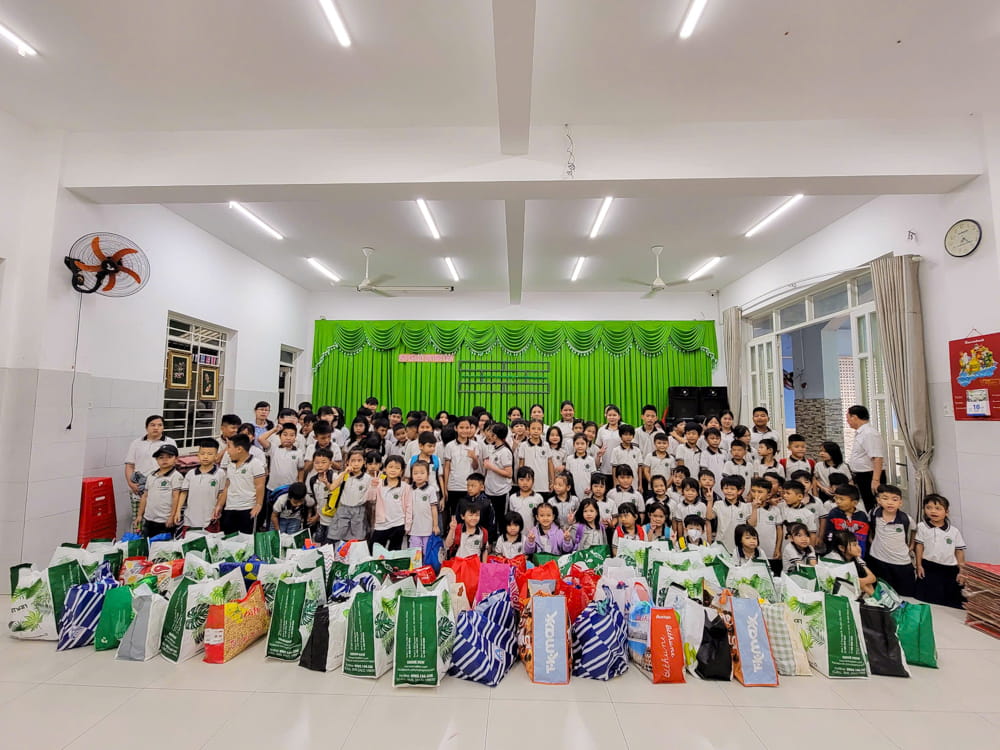
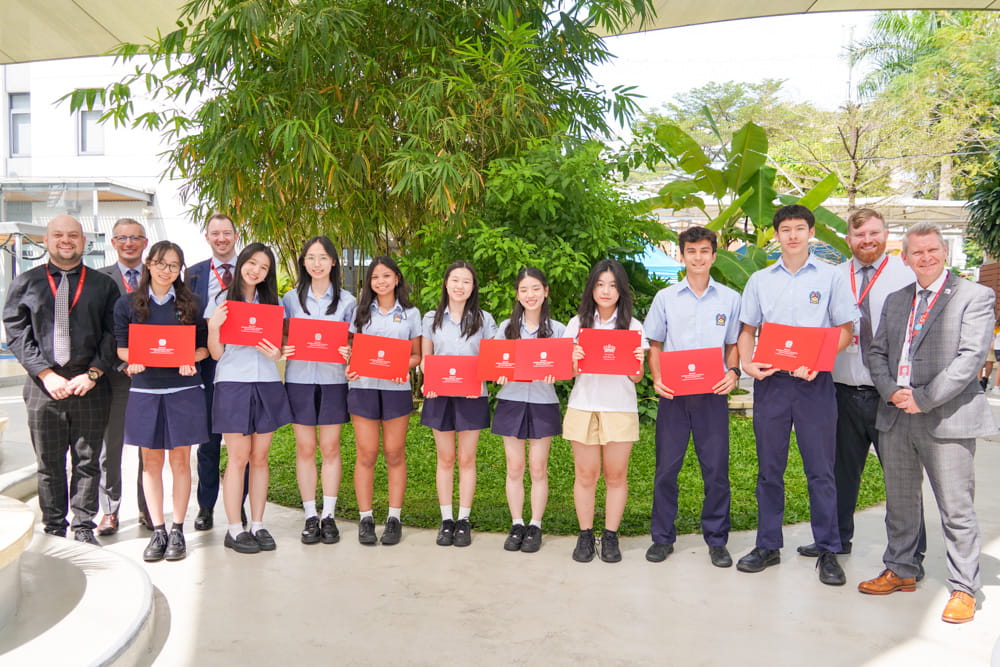
.jpg?h=667&iar=0&w=1000&rev=e9ca63bf8e4d449d9a9d3cea9f6158a5&hash=D43C4ED7C1708B4FDC96905CE2F68D6F)